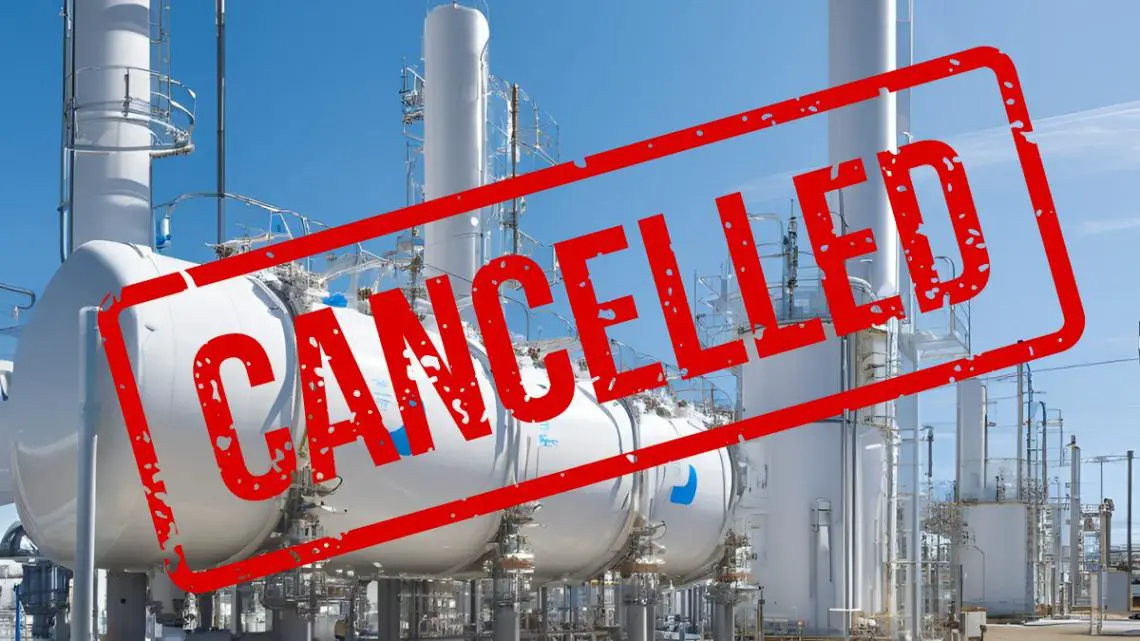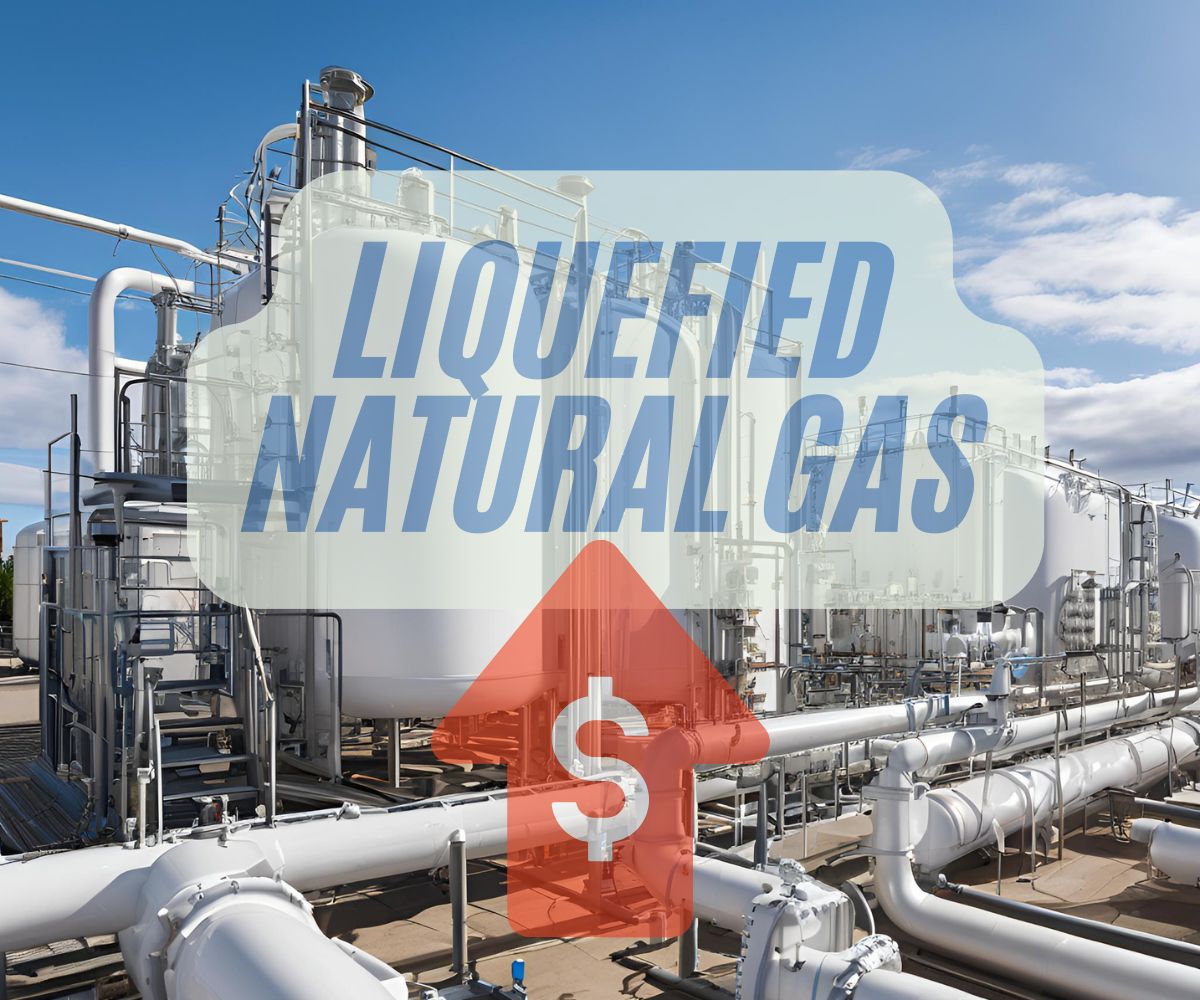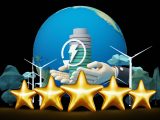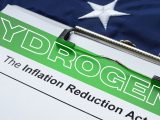
South Korea Cancels 100MW Hydrogen Fuel Cell Project in Yeongam
December 31, 2024Project Termination Amid Financial and Policy Challenges
South Korea’s government has officially halted plans for a landmark 100MW hydrogen fuel cell power plant in Yeongam, South Jeolla Province. According to updates from Pulse, the project, initiated by Korea Midland Power Co. (KOMIPO) and Doosan Enerbility Co., faced significant financial issues that led to its cancellation.
Initially announced as part of South Korea’s renewable energy push, the project in the Daebul National Industrial Complex aimed to harness energy through hydrogen produced from liquefied natural gas (LNG). However, spiraling production costs and an overhauled policy landscape eroded its feasibility. Construction was originally scheduled for late 2023, with completion targeted for late 2024.
An official from Yeongam County remarked, “Despite agreements on profit-sharing and discussions with local governments, the project failed to see progress.” KOMIPO and Doosan also confirmed the shelved plans, citing difficulties in stakeholder alignment and external economic conditions.
Pressures from Rising LNG Costs
Key to the project’s failure were sharp LNG price increases. Prices surged more than 200% from 2020 to 2022, significantly affecting fuel cell profitability. The high costs forced many state-owned power firms, including KOMIPO, to reconsider their commitments to hydrogen fuel cells. An insider pointed out that profit margins for fuel cell operations have become virtually unsustainable under current market conditions.
Further exacerbating challenges were changes in South Korea’s energy regulations. The transition from the Renewable Portfolio Standard (RPS) to the Clean Hydrogen Portfolio Standard (CHPS) in 2023 required hydrogen projects to go through new bidding processes. This shift diminished demand for renewable energy initiatives, creating additional roadblocks for hydrogen power plant developers.
KOMIPO’s Broader Strategic Shift
The Yeongam termination follows KOMIPO’s recent decision to abandon an LNG import terminal project in Boryeong, Chungo City, citing similar cost concerns. Planned construction costs for the terminal surged by 22%, pushing the estimated investment from 732 billion won to nearly 895 billion won. Additionally, KOMIPO projected a staggering 67% decline in LNG demand due to the prioritization of nuclear energy.
This move signals a strategic pivot as Korea increasingly turns to cost-effective and sustainable energy sources, such as nuclear, to reduce its reliance on expensive imports. KOMIPO’s shift away from LNG and hydrogen reflects the growing challenge of balancing renewable investments with economic realities.
Doosan’s Restructuring Efforts Face Market Resistance
Doosan Enerbility, the project’s engineering and infrastructure lead, has also encountered turbulence. It recently canceled a proposal to spin off its construction equipment unit, which was set to merge with Doosan Robotics Inc. The plan was central to Doosan’s restructuring strategy focused on clean energy, robotics, and semiconductors.
The withdrawal came amid plunging stock prices and political uncertainty tied to South Korea’s leadership crisis. Doosan cited “negative market conditions and external pressures” as critical reasons for abandoning the spinoff.
For Doosan Enerbility, these setbacks complicate its efforts to retain leadership in renewable technology, especially as it faces tightening budgets and fluctuating demand within the energy sector.
The Importance and Timelines of Hydrogen Technology
While the Yeongam cancellation is a setback, it underscores the importance of hydrogen as a potential game-changer in energy transition. This cutting-edge technology has applications far beyond large-scale projects. Hydrogen fuel cells have proven useful in areas such as transportation, powering electric buses and trains, as well as industrial applications for decarbonizing steel and ammonia production.
However, the economic and technical hurdles facing large-scale deployment remain significant. The Yeongam project was not alone in its challenges—several hydrogen initiatives, including one in Songdo, were also shelved due to rising costs and regulatory transitions.
Timelines for hydrogen’s mainstream adoption hinge on reducing production costs, establishing more efficient storage and transportation infrastructure, and gaining public acceptance. Industry leaders will need to seek alternative funding models and technologies, such as green hydrogen derived from renewables instead of LNG.
Harnessing Hydrogen Technology Now
Despite these challenges, hydrogen energy remains promising. Its adaptability makes it suitable for on-site energy generation, especially for energy-intensive industries seeking to reduce emissions. Developing small-scale pilot projects can help companies fine-tune hydrogen technologies before scaling up. Additionally, governments can encourage demand by adopting incentives, such as subsidies for green hydrogen and tax breaks for low-carbon initiatives.
While project cancellations such as Yeongam’s highlight current economic and policy barriers, they also provide critical lessons. Successful integration of hydrogen in energy portfolios will require more resilient strategies, competitive energy pricing, and consistent policy frameworks. Policymakers and industry players must focus on practical, incremental applications to ensure a sustainable hydrogen future. By addressing these challenges, hydrogen technology can evolve into an indispensable component of the global energy landscape.



 With over 15 years of reporting hydrogen news, we are your premier source for the latest updates and insights in hydrogen and renewable energy.
With over 15 years of reporting hydrogen news, we are your premier source for the latest updates and insights in hydrogen and renewable energy.